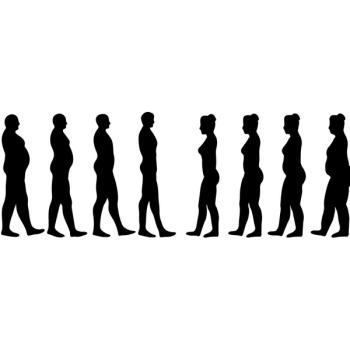
News|Articles|August 2, 2023
Daily Dose: Diabetes- and CVD-Related Death Increase After 10-Year Decline
Author(s)Sydney Jennings
A daily dose of clinical news on Patient Care you may have missed.
Advertisement
Patient Care brings primary care clinicians a lot of medical news every day—it’s easy to miss an important study. The Daily Dose provides a concise summary of one of the website's leading stories you may not have seen.
On July 21, 2023, we reported on a study published in The American Journal of Medicine that examined current trends in cardiovascular disease (CVD) and diabetes mellitus (DM)-related mortality in the US.
The study
Researchers used data from the CDC Wide-ranging ONline Data for Epidemiologic Research (WONDER) database, which has been previously used to determine CVD mortality trends. The CDC WONDER database helped them identify adults aged ≥25 years who had both diabetes and CVD recorded as an underlying or contributing cause of death between 1999 and 2019. The researchers then determined crude and age-adjusted mortality rates per 100 000 population.
The findings
The overall age-adjusted mortality rate for diabetes and CVD was 99.18 in 1999 and 91.43 in 2019, according to the results. While this still shows an overall decrease in mortality, researchers found an average annual percent change (AAPC) of 1.0% between 2014 and 2019 (95% CI, 0.3-1.6).
Age-adjusted mortality rate for both conditions was higher among men compared with women, with an AAPC of 1.5% for men between 2014 and 2019 (95% CI, 0.9-2.0). Based on race and ethnicity, age-adjusted mortality was highest for non-Hispanic Black adults and was about 2 times higher compared with non-Hispanic White adults.
When stratified by age groups, the age-adjusted mortality rates increased for young and middle-aged adults in recent years. Among individuals aged 25-39 years, the mortality rate for diabetes and CVD combined increased annually by 4.4% between 1999 and 2003 and continued to increase by 1.6% annually between 2010 and 2019 (95% CI, 0.9-2.2). Similarly, individuals aged 40-54 saw an AAPC of 2.0% (95% CI, 1.6-2.4) between 2012 and 2019, and individuals aged 55-69 had an AAPC of 1.5% (95% CI, 0.9-2.1) between 2014 and 2019.
Authors' commentary
“Most notably, we found that while the cardiovascular disease (alone)-related mortality rates have relatively plateaued after years of decline, the diabetes mellitus-related mortality trends have reversed in the last decade. This is important from a public health point of view, as diabetes mellitus increases the risk of other noncardiovascular complications as well, and better population-level control of diabetes may have far-reaching positive effects on life expectancy."
Click here for more details.
Newsletter
Enhance your clinical practice with the Patient Care newsletter, offering the latest evidence-based guidelines, diagnostic insights, and treatment strategies for primary care physicians.
Advertisement
Latest CME
Advertisement
Advertisement
Trending on Patient Care Online
1
This Year in Primary Care: 10 Critical Updates in 2025
2
FDA Approves Abbott Volt Pulsed Field Ablation System for Treatment of Atrial Fibrillation
3
FDA Approves First Oral GLP-1 Receptor Agonist for Chronic Weight Management
4






























































































































































































































































































































